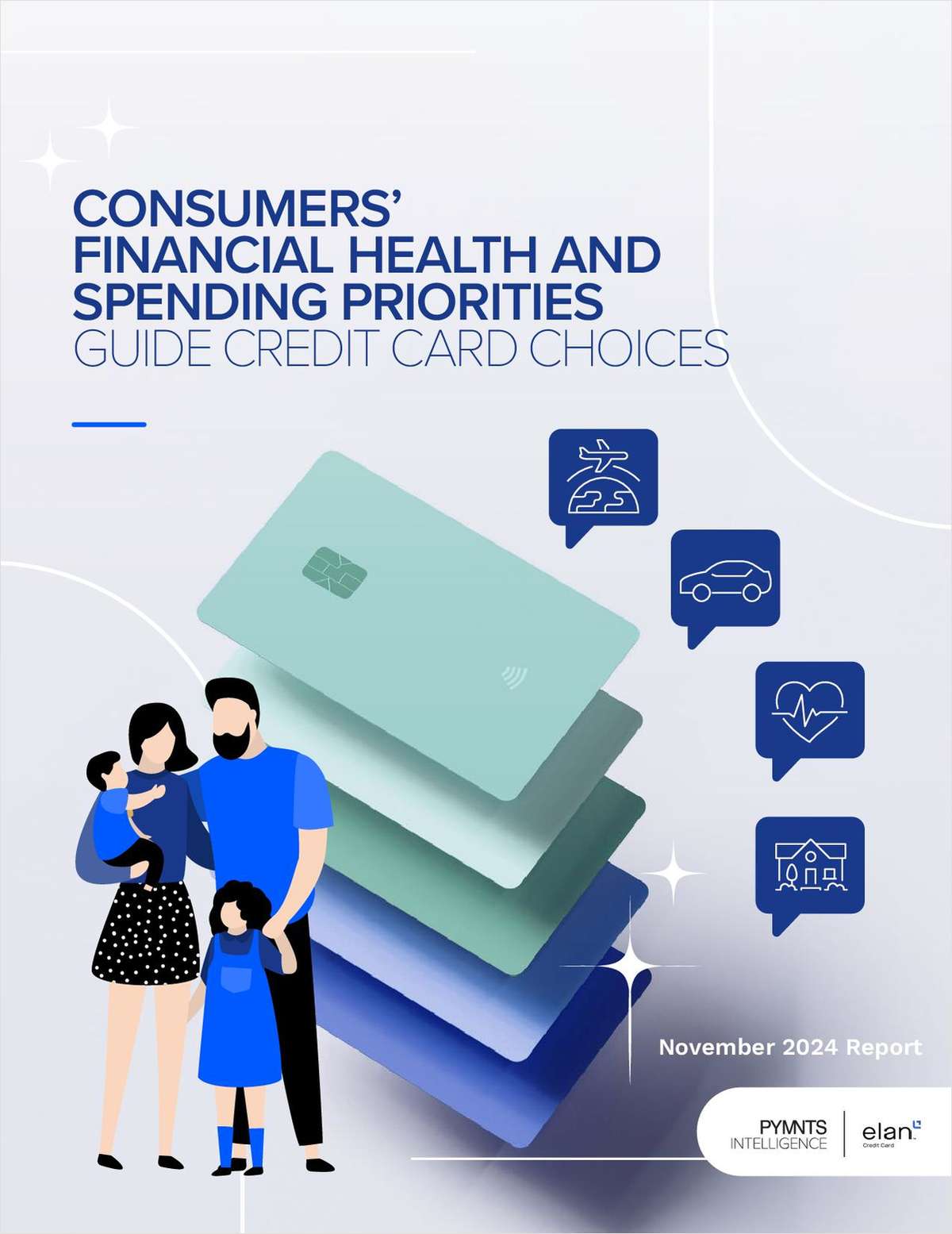ARLINGTON Va. - The National Federation of Community Development Credit Unions is opening up membership to beyond just community development credit unions. It will open its membership in 2004 to credit unions which are not CDCUs but which seek the Federation's help in serving newly adopted underserved areas. The new members will be associate members and will likely be known as community development partners, according to Clifford Rosenthal, the Federation's Executive Director. "We see this primarily as a strategic opportunity," Rosenthal said. "We are aware that there are credit unions that are not per se community development credit unions but who nonetheless might seek some of the experience of our members in working with underserved communities," he said. The new associate members will have to meet some criteria for their membership. Those details were unavailable as of press time. The Federation decided to make the change at a time when an increasing number of credit unions have added underserved areas to their fields of membership, many doing so soon after NCUA granted them a community charter. So far 520 federal credit unions had added underserved areas to their fields of membership. In 2003, 133 had done so, of which 58 had assets of less than $50 million. The increased interest is particularly significant because credit unions seeking outside funding to support projects in underserved areas or serving low income members can face a daunting set of obstacles, according to Rosenthal and Gary Officer, executive director of the National Credit Union Foundation. Rosenthal said he was aware of cynics who said that credit unions were merely adding underserved areas to cherry pick the profitable households from among them, but he added the Federation didn't believe the majority of credit unions were doing so, even if some were. "Our position is that we have something to teach mainstream credit unions and they have something we can learn and that we can eventually eliminate some of the artificial designations that divide the credit union industry," he said. The Federation has served as an intermediary institution for CDCUs that have sought and won grants from the U.S. Department of the Treasury's Community Development Financial Institutions Fund. The Federation has also won funding on its own from the CDFI. Rosenthal said there is a significant change in the credit union funding environment, something he will point out to the Federation's Board members later this month when they meet. "Make no mistake we are still going to fight to keep the Fund strong and to get more credit union support from it," Rosenthal said, "but it will probably never be the same as it was." The NFCDCU was disappointed in the amount of CDFI funding awarded to CDCUs. For mainstream CUs it can be even more difficult. Both Officer and Rosenthal stressed that while credit unions should investigate all the funding options when setting out to do something like build a new branch in an underserved area or set up an ATM or offer a product targeted to low-income members, they should also be prepared for rejection and to be patient in the funding process. "To use another baseball analogy," Rosenthal said, "we would say a hitter batting .350 is doing pretty well, but he is still going to miss some." Rosenthal emphasized that by joining the NFCDCU, mainstream CUs can obtain technical support and advice they might need to apply for different funds, as well as networking with other credit unions that have more experience working in underserved areas. He denied that the Federation sought the change to increase membership roles. Despite credit union mergers and liquidations, Rosenthal said the Federation's membership growth has been strong over the past decade, over 5% in some of the years. The specific areas where the Federation could offer assistance include technical expertise as well as community development networking and funding advice. Officer urged credit unions seeking to branch out into traditionally underserved areas, whether or not they meant to apply for funding, to first seek out a local organization or initiative with which to partner in the effort. Choosing a well established local group, with evidence of good money management, will both help the credit union build the credibility it will need with the local community as well as perhaps give it access to additional sources of funds, particularly funds from foundations outside the credit union industry. Most foundations will not make grants to groups which do not have a non-profit charitable designation from the Internal Revenue Service and credit unions do not have one, Officer explained. However the credit union's non-profit community partner probably would have one and thus would be an eligible partner for the sorts of funding for which the credit union could not apply. Officer stressed that credit unions that were taking this route should definitely contact their state foundations and leagues, even if all the leagues can offer is relatively limited support. "It can be tremendously important for a grant maker to see that an industry is supporting a particular partnership or effort," Officer explained. "It can signal to a foundation that an industry takes the partnership seriously and finds it a worthy effort," he added. [email protected]
Complete your profile to continue reading and get FREE access to CUTimes.com, part of your ALM digital membership.
Your access to unlimited CUTimes.com content isn’t changing.
Once you are an ALM digital member, you’ll receive:
- Breaking credit union news and analysis, on-site and via our newsletters and custom alerts
- Weekly Shared Accounts podcast featuring exclusive interviews with industry leaders
- Educational webcasts, white papers, and ebooks from industry thought leaders
- Critical coverage of the commercial real estate and financial advisory markets on our other ALM sites, GlobeSt.com and ThinkAdvisor.com
Already have an account? Sign In Now
© 2024 ALM Global, LLC, All Rights Reserved. Request academic re-use from www.copyright.com. All other uses, submit a request to [email protected]. For more information visit Asset & Logo Licensing.






